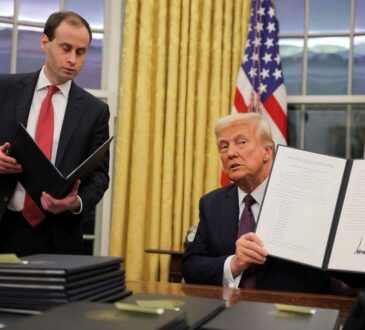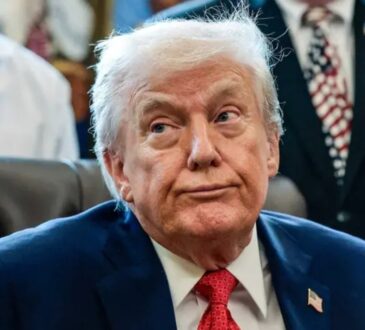
President Trump’s team has come up with a new way to try to stop people from crossing the U.S.-Mexico border without permission. They’re now using a section of land in New Mexico, which belongs to the federal government, and turning it into a military zone. This area stretches about 170 miles and is now considered a “National Defense Area.”
What this means is that if someone crosses the border through this specific area, they’re not just breaking immigration laws—they’re also entering a restricted military zone, which is a separate crime. So instead of just being charged with a simple illegal entry, people can now be charged with two crimes. Both of these can lead to jail time, possibly more than a year in total.
The military is helping patrol this area. They’ve also put up signs in both English and Spanish to warn people that entering this land is a serious offense. The goal is to scare off anyone thinking of crossing the border there.
Supporters of this plan say it’s a smart way to work around the usual political fights in Congress. Instead of waiting for lawmakers to pass new immigration rules, they’re using military laws that already exist. They believe this will help reduce the number of people trying to come in illegally and send a strong message that the U.S. is serious about protecting its borders.
Some people, especially on the left, may not like this idea. They could say it’s too harsh or question whether it’s right to use the military this way. But Trump’s supporters believe it’s effective, especially compared to how things were under President Biden, when they say border security was much weaker.
They also say this shows that if you really want to enforce the law, it’s possible without making new ones. They believe Democrats won’t be able to undo this easily if they get back into power, because it’s already in motion and it would be politically risky to stop something that appears to be working.
In short, this new plan is all about using the land the government already controls and turning it into a tool for tougher border enforcement—without needing Congress to do anything. It’s aggressive, it’s different, and it’s meant to make illegal crossings much more difficult and risky.




